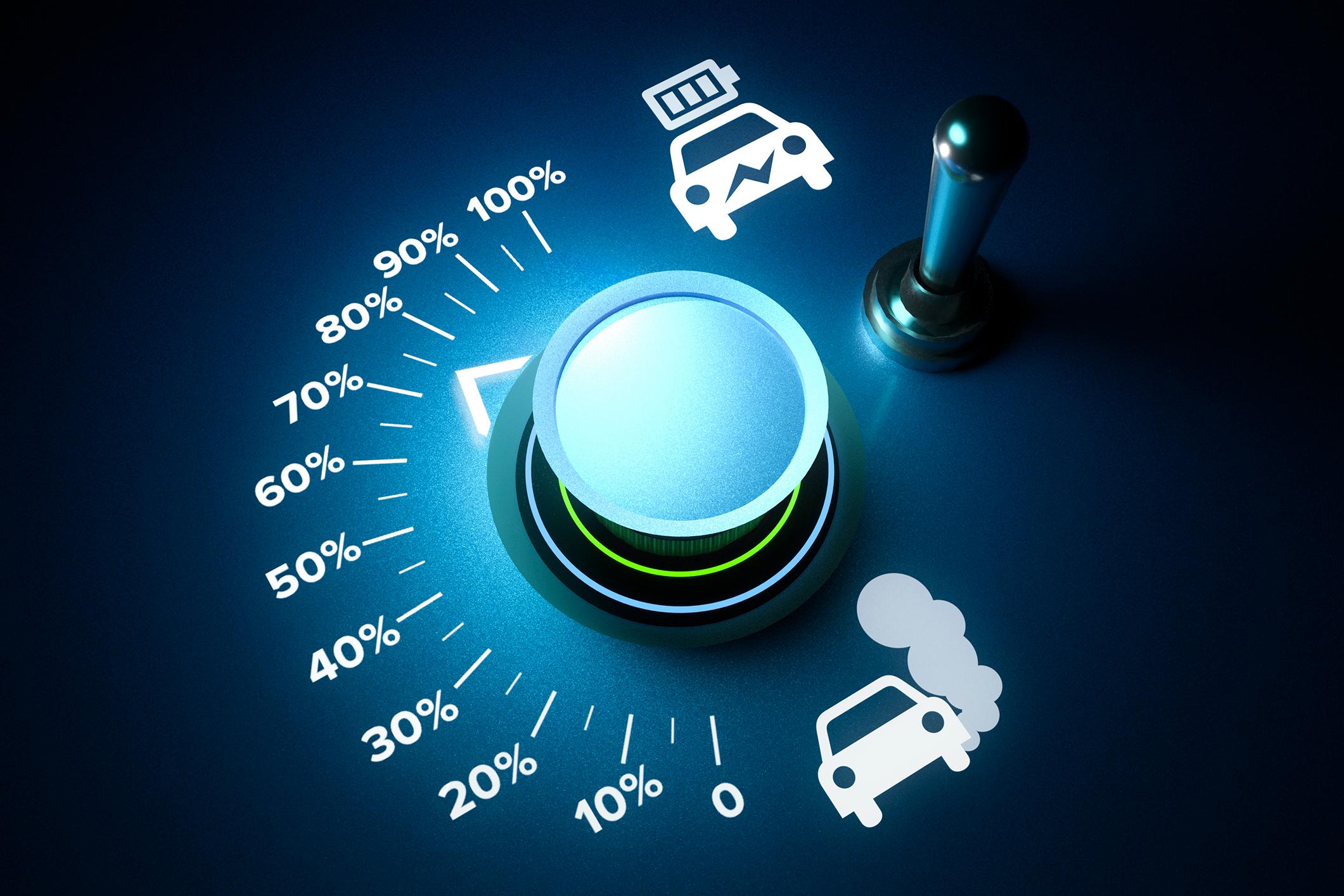Policy support, improvements in battery technology, more charging infrastructure, and new compelling models from automakers are a few key reasons why EV sales are surging. What's more, electrification is spreading to new segments of road transport, allowing for big changes ahead, according to BloombergNEF’s recent Electric Vehicle Outlook 2022.
Michael Torrance is joined by Colin McKerracher, who leads the BloombergNEF research team that constructed the outlook report, as well as Katie Shuter of the BMO Climate Institute. The three discussed this subject that is fundamental to the energy transition: Electric Vehicles.
In this episode:
Why charging infrastructure, battery raw material supply and battery recycling represent the key challenges to mass EV adoption, but also the greatest opportunities
The reason battery supply chain and manufacturing processes are being onshored back to North America
How EV ownership is a lot more affordable than most people think
Why used EVs are going up in value quite significantly
Sustainability Leaders podcast is live on all major channels including Apple and Spotify
